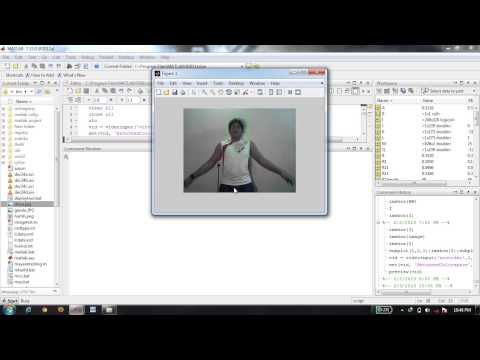
X0, X1, … Xt are the inputs, and h0, h1, … ht are the predictions.A Recurrent Neural Network with its chain of repeated neural-network modules An RNN, as you can see below, has a chain of repeating neural-network modules. LSTMĪ type of Recurrent Neural Network ( RNN), LSTM networks are capable of learning-order dependence in sequence-prediction problems. Want to know more about Pose Estimation algorithm internals? checkout this blog post. Left part of the image shows a person, the middle part shows a list of keypoints and the right part shows the location of keypoints on the person’s body The model outputs 17 keypoints for every human present in the input image frame, as shown in the image below.ġ7 keypoints on a human body. This model is already trained on the COCO dataset containing more than 200,000 images and 250,000 person instances, labelled with keypoints. Here, we use a pre-trained ‘R50-FPN’ model from the Detectron2 model zoo for pose estimation. The platform is now implemented in PyTorch, unlike its previous version, Detectron, which was implemented in Caffe2. Detectron2ĭetectron2 is Facebook AI Research’s open source platform for object detection, dense pose, segmentation and other visual recognition tasks.

We will be using the Flask framework for the web application and PyTorch lightning for model training and validation.īeyond Flask, we will be deploying several other important toolsets like Detectron2, LSTM, Dataset etc. We will create a web application that takes in a video and produces an output video annotated with identified action classes. In this post, we will explain how to create such an application for human-action recognition (or classification), using pose estimation and LSTM (Long Short-Term Memory). Yoga poses (Natarajasana, Trikonasana or Virabhadrasana) identified based on keypoints detected on the human body The yoga application shown below uses human pose estimation to identify each yoga pose and identifies it is as one of the following asanas – Natarajasana, Trikonasana, or Virabhadrasana. Wouldn’t it be great to use action recognition to automate the evaluation of the video? Well, there’s more you can do with it. The app then evaluates their performance and gives feedback based on how well the user has performed the various yoga asanas (or poses). After watching a video on the app, users can upload the videos of their personal practice sessions. It should offer a list of pre-recorded yoga session videos for users to watch.

Let’s say you want to build an application for teaching Yoga online.

It is widely applied in diverse fields like surveillance, sports, fitness, and defense. Human action recognition involves analyzing the video footage to predict or classify various actions performed by the person in that video. Action recognition result based on key points detected on the human body


 0 kommentar(er)
0 kommentar(er)
